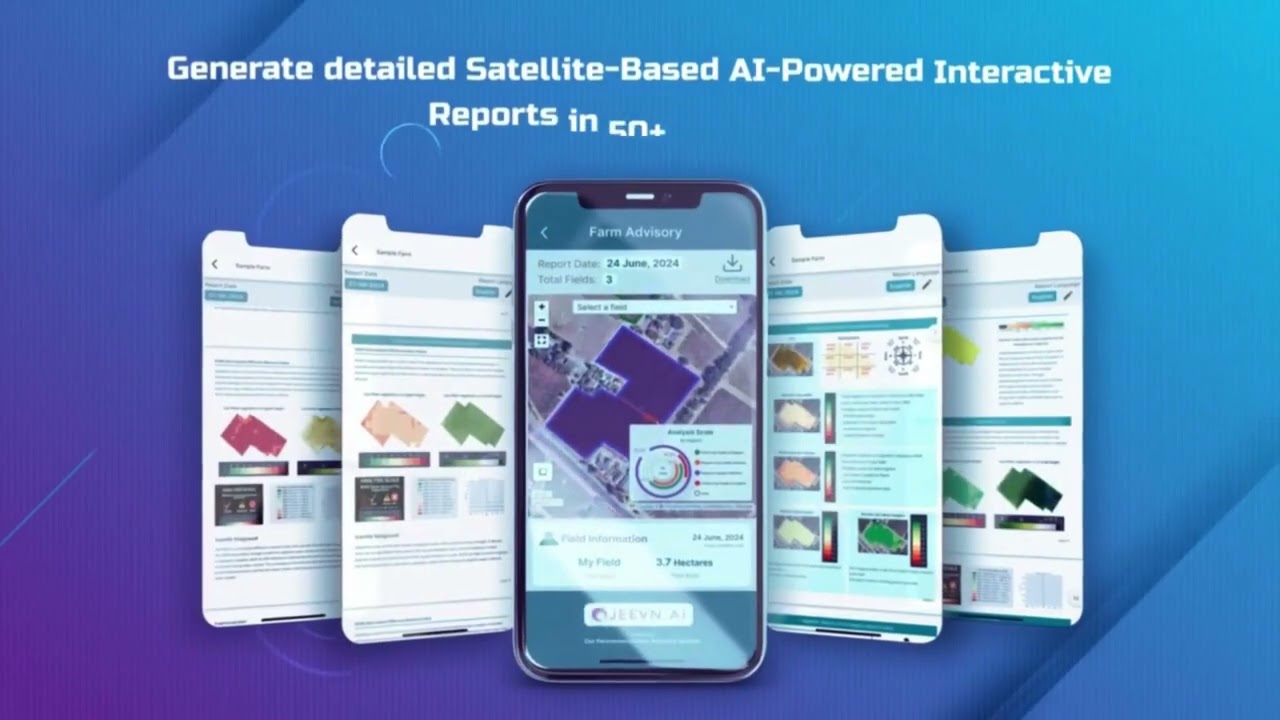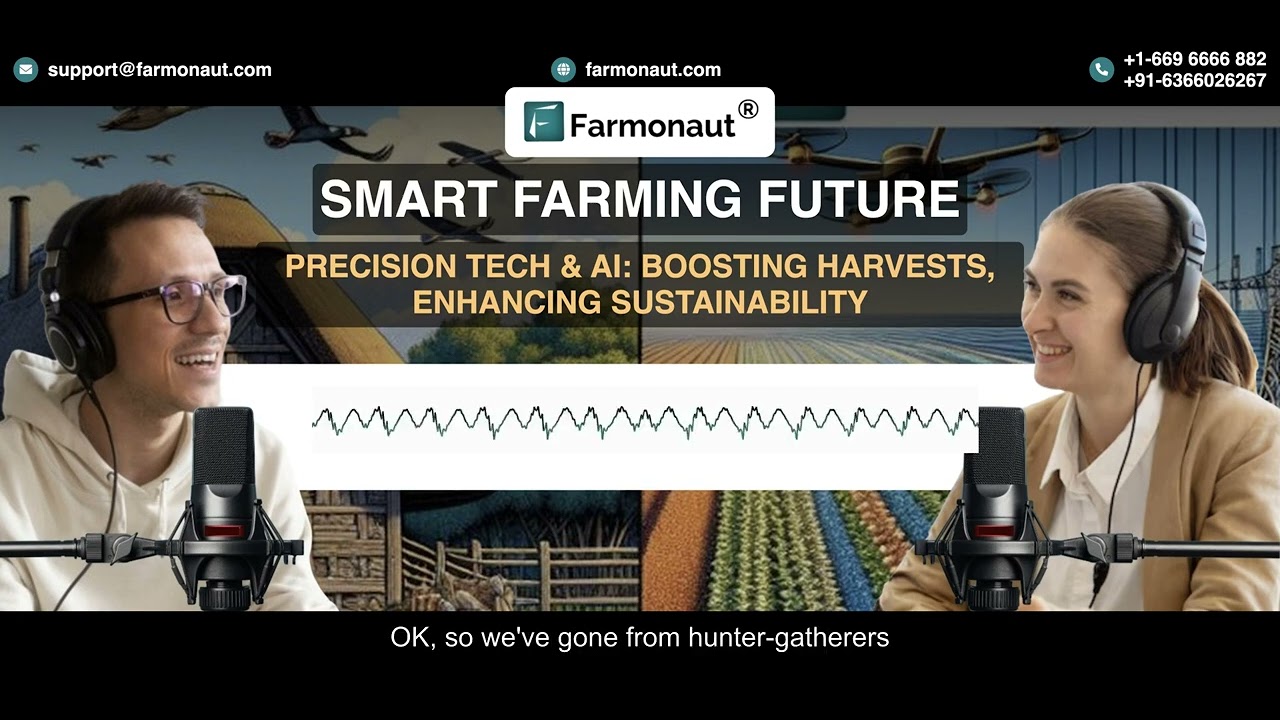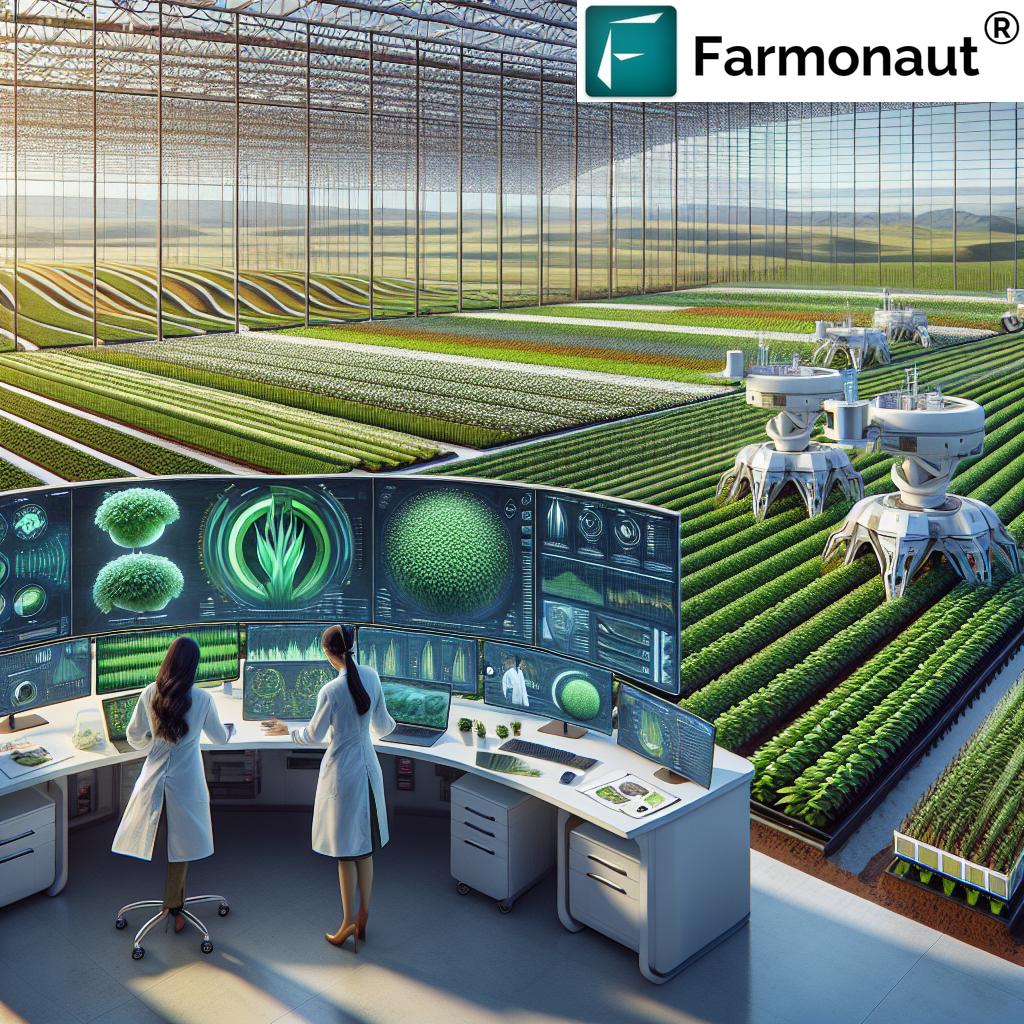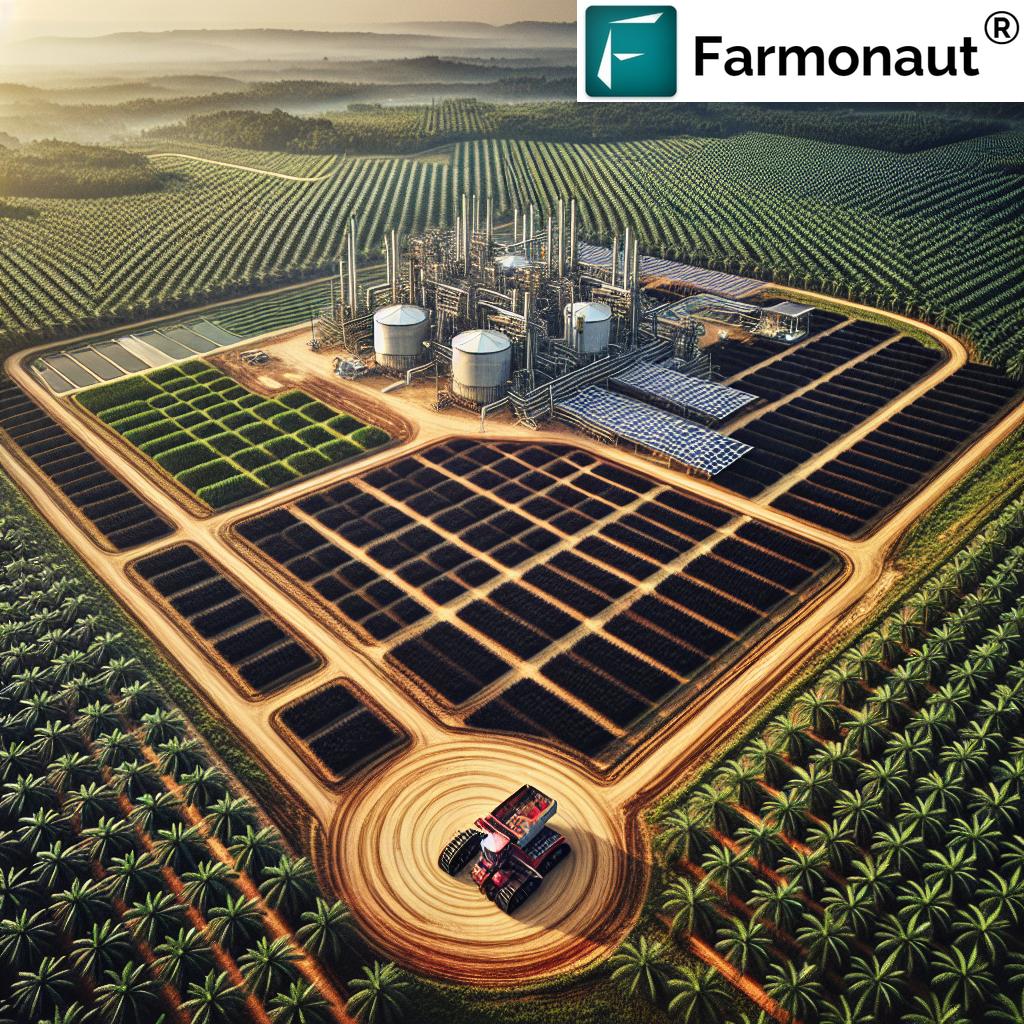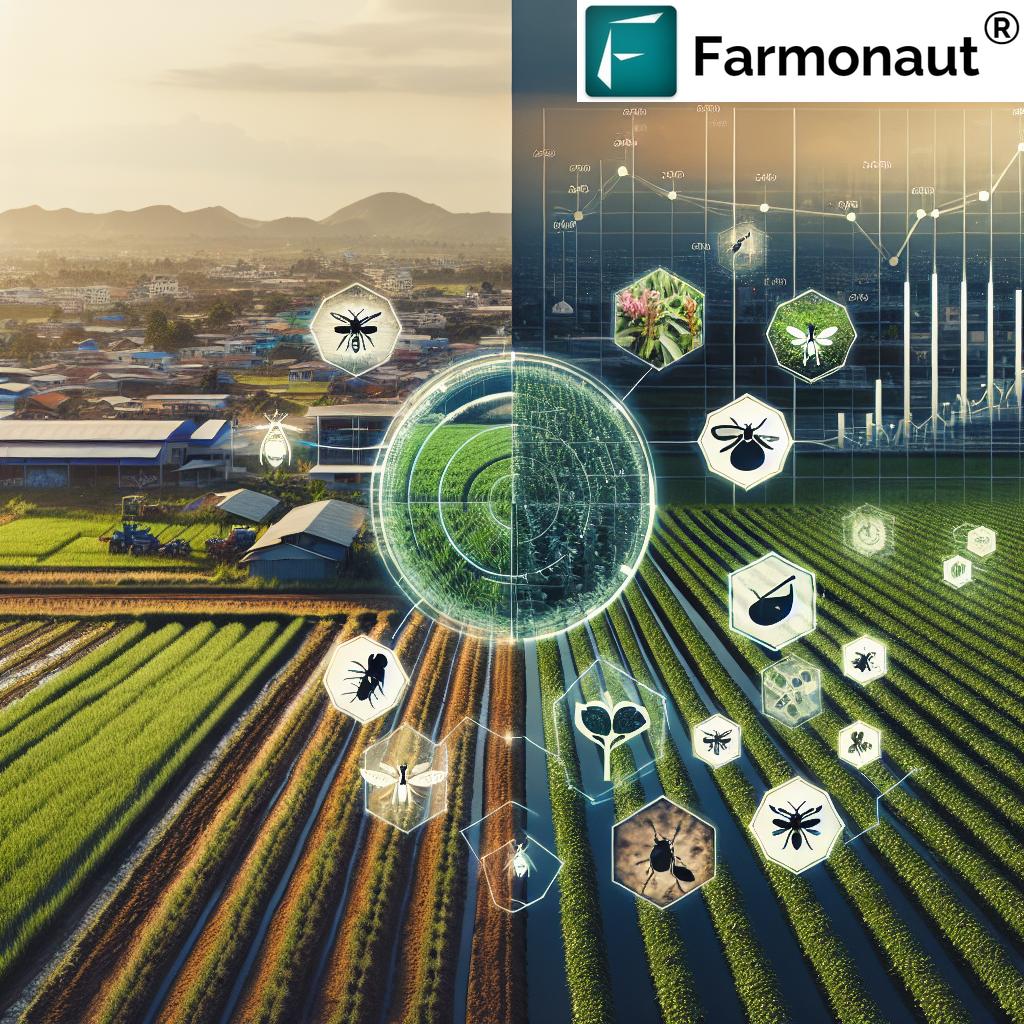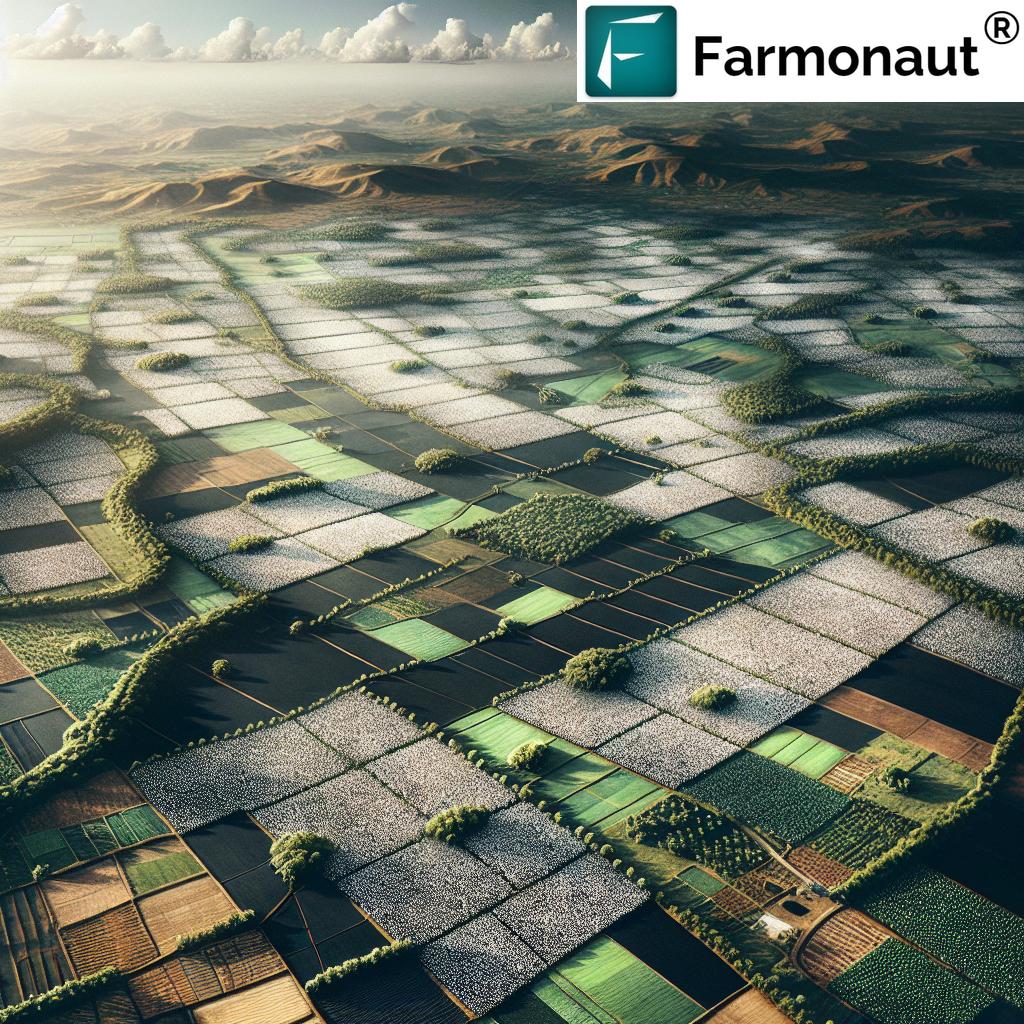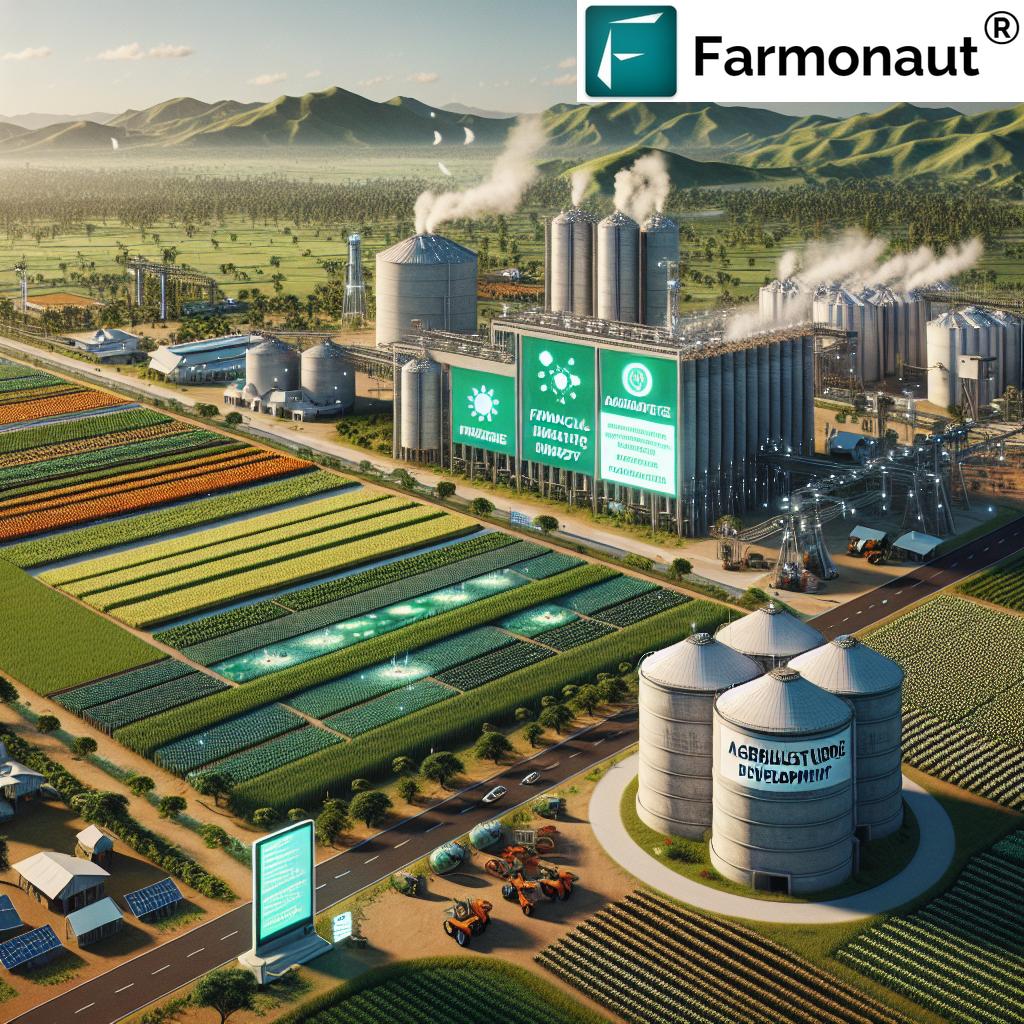Agriculture and Rural Development in India: 2025 Trends
Introduction: The Critical Interconnection of Agriculture and Rural Development
Agriculture and rural development in India have historically formed the backbone of the nation’s economy and society. With nearly half the country’s population residing in rural areas and relying predominantly on agriculture as their primary livelihood, the significance of this interconnection cannot be overstated. As we move deeper into 2025, the “agriculture and rural development in India” ecosystem continues to shape the country’s landscape—from food security and sustainability to technology-powered progress for farmers and rural communities. This article explores the evolving dynamics, emphasizes the mutual reinforcement between agriculture and rural development, and highlights the critical trends driving the sector forward in 2025 and beyond.
Agriculture’s Central Role in Rural Development in India
Agriculture sits at the heart of rural development. With over 65% of Indians residing in villages, agriculture is the primary source of employment and livelihood for the rural population. The sector has a strong multiplier effect: improving productivity directly raises the income of farming families, reduces poverty, and improves standards of living across the countryside.
As we examine the agriculture rural development nexus in 2025, the following pillars emerge as central:
- Income Generation: Enhanced farm yields result in higher income for rural families.
- Poverty Alleviation: Technological progress and policy interventions are crucial for reducing poverty.
- Broad-Based Economic Growth: Agriculture is the foundation for equitable development and overall rural prosperity.
- Food Security & Sustainability: The sector remains critical in ensuring national food security and sustainability.
Strengthening agriculture and rural development in India is not just about increasing yields—it’s about supporting resilient communities and unlocking the untapped potential of rural regions.
Rural Development in Agriculture: Intertwined Progress
Major programs and initiatives in “rural development in agriculture” show that investment in farm productivity translates into broader transformation. When villages gain access to quality infrastructure, credit, information, and technology, agricultural progress accelerates. These factors foster a cycle of mutual reinforcement—as agriculture develops, so does rural India.
Technological Transformation: 2025 and Beyond
2025 marks an era where Indian agriculture is undergoing a profound technological revolution. Innovations are redefining every stage of the agricultural value chain and driving the “agriculture and rural development” agenda to new heights. Here’s how technology is making a decisive impact:
- Precision Farming: Use of precision technology and satellite-based farm management enables tailored, data-driven decisions to optimize yields and reduce input costs.
- AI-Enabled Tools: Decision support, crop monitoring, pest forecasts, and irrigation advisory via Artificial Intelligence drive resilience and productivity.
- Drone-Based Crop Health Monitoring: Drones offer rapid, large-scale field surveys to detect disease, forecast weather impacts, and suggest timely interventions.
- Genetically Improved Seeds: Next-generation seeds improve yields, quality, and climate resilience, supporting sustainable growth and food security goals.
These advancements in the agricultural sector are reducing dependence on unpredictable weather patterns, minimizing input costs, and driving progress on all rural development fronts.
Sustainable Practices and Climate-Smart Agriculture
With climate risks looming large, sustainability is essential in agriculture rural development. In 2025, the adoption of:
- Sustainable water management, including drip irrigation, to reduce water usage
- Carbon footprinting and regenerative agriculture for better farm sustainability and environmental impact monitoring
- Organic farming and natural resource conservation to protect soil health and biodiversity
- Blockchain-based traceability (see: Farmonaut Product Traceability) for ensuring transparency and trust in agri supply chains
These developments are making India’s agricultural systems more robust in the face of climate change and market fluctuations.
Rural Infrastructure: Enabling Modern Agriculture & Development
Rural development in agriculture extends beyond better seeds and inputs. It encompasses infrastructure improvements that are essential for truly modernizing rural India:
- Roads & Connectivity: Improved roads reduce wastage, connect rural markets to urban centers, and lower logistics costs.
- Irrigation Systems: Expansion under government schemes like Pradhan Mantri Krishi Sinchai Yojana is reducing dependence on monsoon weather patterns.
- Reliable Power Supply: Essential for running irrigation pumps, cold storage, and digital advisory tools.
- Digital Infrastructure: Mobile internet, fiber, and rural Wi-Fi enable digital services to reach even the remotest villages.
These investments enhance not only agricultural productivity but also wider development and social mobility.
Digital Revolution in Agriculture Rural Development
The digital transformation of rural India is one of the most profound trends of 2025 and beyond. As internet penetration in villages nears 50%, millions of farmers are empowered by access to:
- Real-time weather information and alerts
- Input and market prices, helping them secure better value for their produce
- Digital platforms for agricultural advisory, credit, insurance, and training
- Interactive AI-driven tools for farm management (e.g., Farmonaut’s large-scale farm management platform)
Digital inclusion is bridging information gaps, reducing exploitation by intermediaries, and helping farmers make data-driven decisions to maximize farm productivity.
Affordable Access to Technology
Affordability and accessibility are now priorities. Tools that previously required expensive hardware are being replaced by cloud-based, mobile, and satellite-first solutions. Innovations such as the Farmonaut app suite (available on web, Android, and iOS) are democratizing access to farm analytics, environmental monitoring, and operational advice—making state-of-the-art technology an everyday reality for Indian farmers.
Government Policy, Schemes, and Institutional Support for Agriculture and Rural Development
India’s government continues to play a pivotal role in the agriculture and rural development landscape via a comprehensive ecosystem of policies, initiatives, and schemes that address both current and emerging challenges.
Key Policy and Schemes Shaping 2025
- Pradhan Mantri Krishi Sinchai Yojana (PMKSY): Expands irrigation infrastructure and ensures judicious use of water resources (water-use efficiency), combating climate trends and monsoon dependence.
- Kisan Credit Card (KCC) Scheme: Provides affordable credit access for smallholders, empowering them to buy quality seeds, fertilizer, and technology.
- PM Fasal Bima Yojana: Weather-indexed insurance now features satellite-verified claims processing, improving speed and fairness for farmers.
- Mahatma Gandhi National Rural Employment Guarantee Act (MGNREGA): Boosts employment, supports rural incomes, and enables asset creation (roads, ponds, canals) that bolster agriculture.
- Paramparagat Krishi Vikas Yojana: Promotes organic and climate-resilient farming to strengthen soil health and environmental sustainability.
- Digital India Mission: Catalyzes integration of digital infrastructure into rural markets.
Integrated government support and investment across these schemes help drive agricultural modernization, increase rural resilience, and advance nation-wide development goals.
Benefits of Crop Loan and Insurance Innovations
Modern satellite verification, as enabled by Farmonaut’s crop loan and insurance verification tools, offers significant advantages:
- Accelerated claims processing
- Minimized insurance fraud and more targeted lending
- Improved access to credit for marginal and small farmers
Such digital-first solutions are reinforcing institutional trust and boosting the entire sector’s health.
Key 2025 Trends in Indian Agriculture and Rural Development
Below is a concise summary table detailing the most significant technology and innovation-driven trends shaping agriculture and rural development in India in 2025. This visual overview helps demystify complex dynamics and supports actionable planning for all stakeholders.
| Trend | Estimated 2025 Impact | Affected Stakeholders | Description |
|---|---|---|---|
| Precision Agriculture Adoption | 30%+ of medium/large farms by 2025 (est.) | Farmers, Agri-businesses, Rural Tech Startups | Data-driven farm management using satellite, sensors, and analytics to optimize inputs, reduce resource usage, and boost yields. |
| Sustainable Farming Practices | 20% emission reduction & 15% increase in organic farming area (est.) | Farmers, Rural Communities, Policy Makers | Shift toward regenerative, organic, and zero-budget natural farming methods to improve soil and ecosystem health, and climate resilience. |
| Rural Digital Infrastructure Expansion | Rural net penetration at 50%; 350M+ users (est.) | Farmers, Students, Agri-Advisory Firms | Deployment of high-speed internet and digital platforms for knowledge dissemination and service delivery in villages. |
| AI & IoT Integration | 15–20% labor & input saving; real-time advisories (est.) | Farmers, Service Providers, Agri-Startups | Widespread adoption of smart sensors, IoT devices, and AI-driven advisory enhances efficiency, precision, and income. |
| Government Policy Initiatives | 95%+ coverage of priority farmers for subsidy, credit (est.) | Farmers, Banks, Cooperatives | Expanding digital subsidy distribution, crop insurance, and affordable credit; improving inclusivity and transparency. |
Farmonaut: Leveraging Satellite Technology for a Smarter Rural India
As advanced analytics and satellite monitoring become mainstays in agriculture and rural development, we at Farmonaut are dedicated to making these tools affordable and accessible for all. Our platform combines:
- Satellite monitoring for crop and soil health, available to all sizes of farms.
- AI-powered advisory systems (Jeevn AI) for tailored, real-time farm and resource management guidance.
- Environmental impact tracking tools to monitor carbon emissions and adhere to sustainable farming practices.
- Blockchain-based traceability for strengthening food safety and transparency within agri supply chains—you can learn more about this via our product traceability solution.
- Fleet management features for efficient movement of farm and rural assets (see details here).
- APIs to allow integration of our satellite and weather data into business and government systems. Find our API details and developer docs here.
Through our web, Android, and iOS apps, even the smallest farm can access satellite-derived insights, environmentally friendly methods, and marketplace connections needed for progress in 2025 and beyond. By lowering entry barriers, we are joining hands with India’s “agriculture in rural development” journey for lasting sustainability and growth.
Challenges Facing Agriculture and Rural Development in India (2025)
While India has made remarkable advances, the path towards robust “agriculture rural development” comes with persistent and emerging challenges:
- Fragmented Landholdings: Small, scattered plots hinder scale economies, mechanization, and tech adoption.
- Climate Change Vulnerability: Unpredictable rainfall, pest/disease outbreaks, and extreme weather events disrupt “business-as-usual.”
- Limited Storage & Processing: Inadequate cold chain/logistics infrastructure leads to high post-harvest losses, affecting price realization and food security.
- Access to Affordable Credit and Insurance: Many rural farmers still struggle for timely, trustworthy loans/insurance—though improvements are underway with satellite verification and digital banks.
- Skill Gaps and Digital Literacy: Bridging knowledge gaps via rural youth training and digital awareness remains crucial to the “last-mile.”
- Gender & Social Equity: Ensuring smallholders, women, and marginalized groups share fully in progress.
Addressing these issues requires a holistic, equity-driven approach—integrating technology, infrastructure, policy, and education—so agriculture and rural development continue to drive broad progress for the nation.
Future Outlook: Achieving Equitable and Sustainable Growth
Peering into 2025 and beyond, “agriculture and rural development in India” is on the cusp of transformation through:
- Greater investment in infrastructure and integrated value chains
- Increased adoption of digital and satellite technology to monitor, manage, and reduce environmental impact
- Expansion of market linkages via transparent, digital platforms and traceability systems
- Customized training and skill-building programs for rural youth to reduce migration and promote local innovation
- Growing mainstreaming of climate-smart, resource-efficient farming
Ultimately, an integrated approach—combining advancements across technology, policy, infrastructure, and community participation—will enable India to realize its potential as a global leader in food security and sustainable rural growth.
Frequently Asked Questions (FAQ) on Agriculture and Rural Development in India (2025)
Q1: What is the focus of agriculture and rural development in India for 2025?
A: The main focus is on leveraging technology (AI, satellite, IoT), sustainable farming, robust infrastructure, digital inclusion, and innovative government schemes to improve rural income, employment, resilience, and food security.
Q2: How does satellite technology support agriculture rural development?
A: Satellite technology, as pioneered by companies like Farmonaut, provides multispectral crop monitoring, environmental impact data, and resource management analytics. These facilitate precision farming, efficient water usage, and reduce risks from climate/weather uncertainties.
Q3: What role do digital platforms play in agriculture in rural development?
A: Digital platforms deliver real-time information on weather, prices, markets, training, and government schemes. They help reduce exploitation, increase transparency, and ensure farmers access the best resources and knowledge.
Q4: What are major government schemes driving progress in 2025?
A: Key schemes include PM Krishi Sinchai Yojana (irrigation), PM Fasal Bima Yojana (crop insurance), Kisan Credit Card (credit), MGNREGA (employment), and Paramparagat Krishi Vikas Yojana (organic farming).
Q5: How is sustainability integrated into agriculture and rural development?
A: India now mainstreams practices such as carbon footprint monitoring, regenerative techniques, water conservation, and supply chain traceability to reduce emissions and enhance ecosystem health.
Q6: Where can I access digital farm management and satellite-powered insights?
A: Download the Farmonaut Web App, Android App, or iOS App for real-time satellite analytics, climate monitoring, advisory systems, and more.
Q7: How will farmers benefit from blockchain-based traceability?
A: Blockchain ensures that every step of the supply chain is secure and transparent, which prevents fraud, increases market credibility, and may unlock better prices for farmers.
Conclusion
In 2025, agriculture and rural development in India stand as equal pillars in building a sustainable, secure, and prosperous nation. Technology-led transformation—alongside robust policy support and community participation—brings fresh hope to India’s villages. We are set to witness an era where agriculture is no longer just an occupation but a vibrant, lucrative sector driving national progress, food sovereignty, and equitable growth for millions.
The future belongs to those who harness technology, integrate digital solutions, and cultivate sustainability at their core. With rising internet penetration, expanding market linkages, and unprecedented access to real-time information, rural India is positioned to take bold strides ahead.
As we at Farmonaut continue to invest in affordable, satellite-driven insights and empower agri-communities, we reaffirm our commitment towards a data-powered, climate-smart, and equitable agricultural future. The journey of “agriculture and rural development” not only remains at India’s heart, but truly catalyzes transformation—supporting families, inspiring policy, and shaping society for generations to come.






